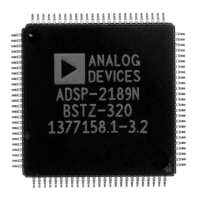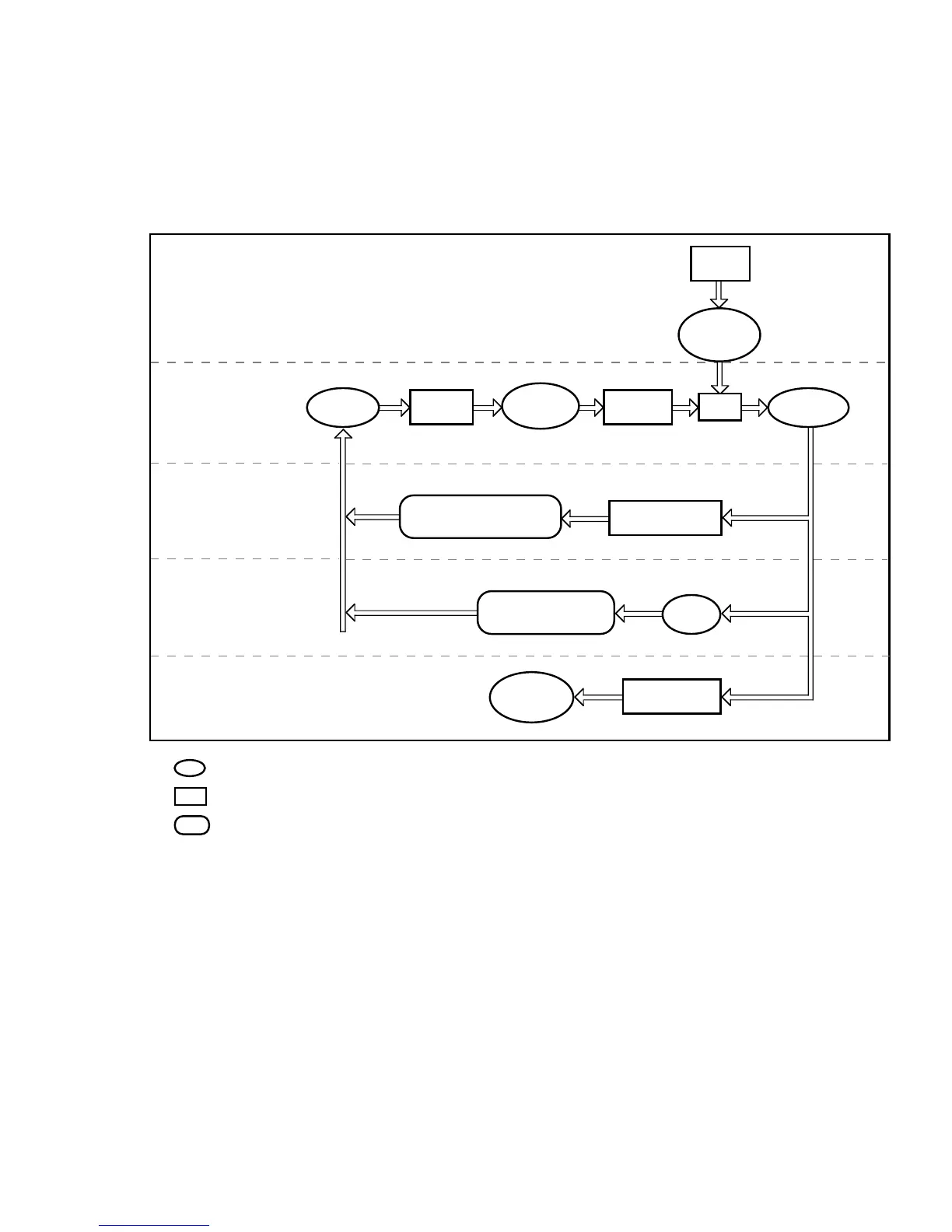14Software Examples
14 – 3
STEP 1:DESCRIBE ARCHITECTURE
SYSTEM
BUILDER
STEP 2:GENERATE CODE
LINKER
EXECUTABLE
FILE
ASSEMBLER
SOURCE
FILE
ASSEMBLER
ANSI
C COMPILER
C SOURCE
FILE
EZ-ICE™ EMULATOR
STEP 3:DEBUG SOFTWARE
STEP 4:DEBUG IN TARGET SYSTEM
EZ-LAB™ EVALUATION BOARD
OR
THIRD-PARTY PC PLUG-IN CARDS
SOFTWARE SIMULATOR
TARGET
BOARD
STEP 5:MANUFACTURE FINAL SYSTEM
PROM SPLITTER
TESTED &
DEBUGGED
DSP BOARD
= USER FILE OR HARDWARE
= SOFTWARE DEVELOPMENT TOOL
= HARDWARE DEVELOPMENT TOOL
SYSTEM
ARCHITECTURE
FILE
assembly language. A module is a unit of assembly language comprising a main
program, subroutine, or data variable declarations. C programmers write C
language files and use the C compiler to create assembly code modules from
them. Assembly language programmers write assembly code modules directly.
Each code module is assembled separately by the assembler.
The linker links several modules together to form an executable program
(memory image file). The linker reads the target hardware information from the
architecture description file to determine appropriate addresses for code and
data. In the assembly modules you may specify each code/data fragment as
completely relocatable, relocatable within a defined memory segment, or non-
Figure 14.1 ADSP-2100 Family System Development Process

